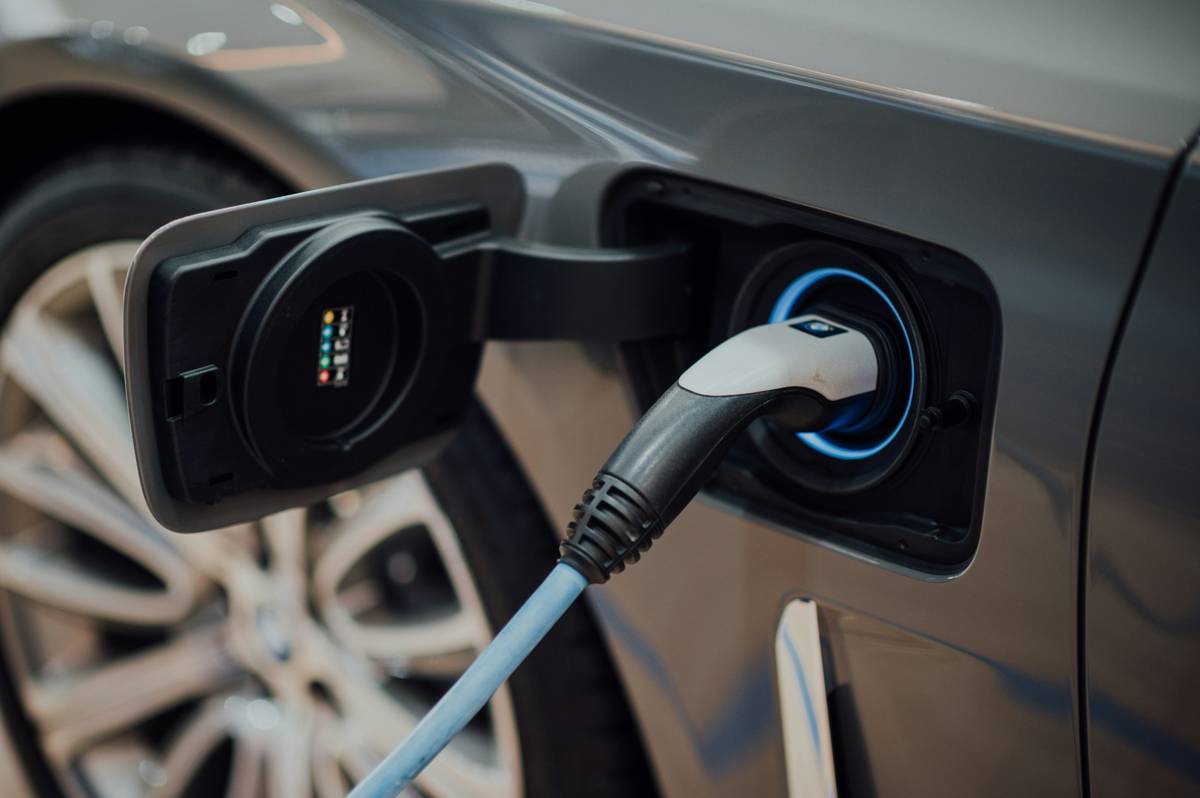The electric vehicle industry is experiencing one of the most fascinating transitions in modern transportation history. Global EV sales continue to rise, proving that the world is steadily shifting away from internal combustion engines. Yet, beneath this success story lies a deeper complexity. The market’s expansion is not uniform. Some regions are surging ahead while others are slowing down, and this uneven growth is creating a new divide that experts are calling the bifurcation of the EV market.
China stands at the center of this transformation. Its domestic production capacity, competitive pricing, and extensive charging infrastructure have made it the world leader in electric mobility. Automakers there have mastered the balance between affordability and technology, making EVs accessible to millions. Meanwhile, Western markets such as the United States and parts of Europe are growing more slowly, often constrained by high upfront costs, shrinking government subsidies, and inconsistent charging networks. Consumers in these regions are more cautious, waiting for prices to drop or for longer range vehicles to become the norm.
The situation reveals how government policy and infrastructure readiness can make or break the EV momentum. In markets where subsidies remain strong and charging networks are expanding, adoption continues at a healthy pace. Countries that have rolled back incentives, however, are witnessing a cooling effect on demand. Buyers are also becoming more pragmatic, focusing less on early adoption and more on long-term ownership value. The cost of electricity, the convenience of public chargers, and the resale value of used EVs now weigh heavily on purchase decisions.
Battery technology remains the heart of this global evolution. While costs have fallen significantly in recent years, geopolitical tensions and supply chain disruptions still influence pricing. The demand for lithium, nickel, and cobalt has grown faster than supply, which impacts manufacturing costs and ultimately retail prices. Companies are racing to improve solid-state batteries and alternative chemistries that could deliver longer range, faster charging, and lower dependency on critical minerals. These innovations will determine whether the next wave of EV buyers will see the same value proposition as early adopters.
Another fascinating twist in the market is the revival of hybrid vehicles. As pure electric adoption slows in some countries, hybrids are regaining traction. They offer a practical middle ground reduced fuel consumption without full dependence on charging networks. This shift suggests that the path to full electrification may not be as direct as once predicted. Instead, the next decade might see a coexistence of technologies, with plug-in hybrids acting as a bridge while full battery EV infrastructure matures.
For automakers, this uneven landscape presents both challenge and opportunity. Brands that can tailor strategies to local conditions offering affordable EVs in one market and premium models in another will thrive. Companies that remain rigid risk being overtaken by more flexible competitors. The same applies to governments that fail to maintain consistent policy direction. Stability in incentives, taxation, and charging expansion is essential to prevent consumer hesitation.
From a consumer perspective, the question of whether to buy an electric car now or wait a few years depends largely on geography. In cities with abundant chargers and generous rebates, switching makes economic sense. In rural areas or markets with high electricity costs, patience might be prudent. Either way, awareness is growing, and the shift toward cleaner mobility is irreversible.
The global EV market is not just a story of innovation but also of adaptation. Its success will depend on how effectively nations align infrastructure, affordability, and public trust. As one region races ahead while another lags behind, the electric revolution will continue to redefine mobility, industry, and climate responsibility just not at the same speed everywhere.









